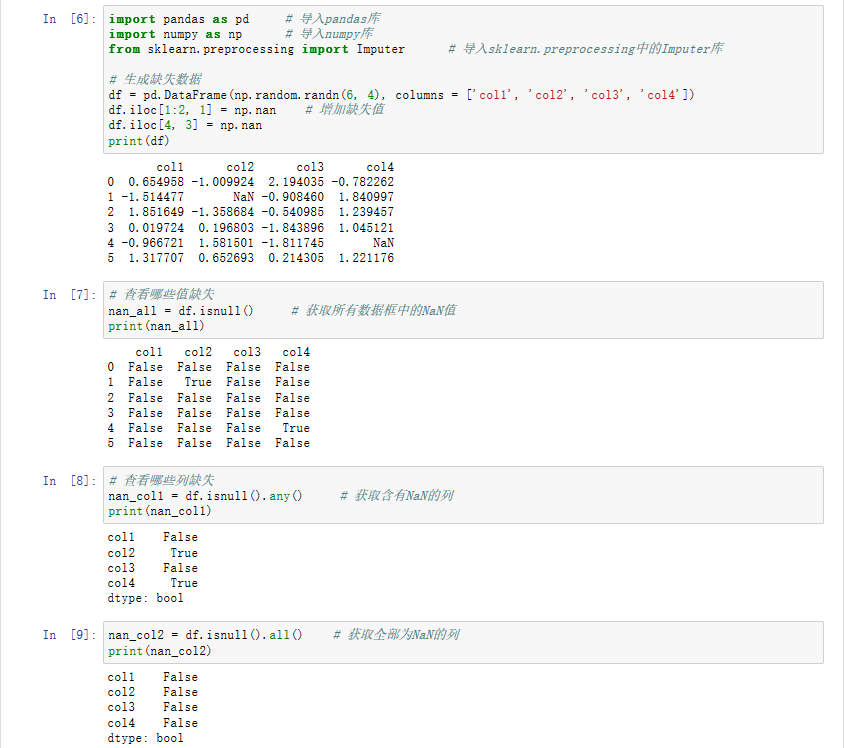I am trying to write a DBF file from scratch in my program. I want to create it, add some columns, and then add data to the columns X amount of times. My program will not need to read it in again, but other programs will.
I've looked around for a solution to this, but all seem to assume an existing DBF file, whereas I want to make a new one.
The purpose of this is to make the DBF part of an ESRI ShapeFile.
Does anyone know how to do this?
Download Microsoft OLE DB Provider for Visual FoxPro 9.0 and use:
string connectionString = @"Provider=VFPOLEDB.1;Data Source=D:\temp";
using (OleDbConnection connection = new OleDbConnection(connectionString))
using (OleDbCommand command = connection.CreateCommand())
{
connection.Open();
OleDbParameter script = new OleDbParameter("script", @"CREATE TABLE Test (Id I, Changed D, Name C(100))");
command.CommandType = CommandType.StoredProcedure;
command.CommandText = "ExecScript";
command.Parameters.Add(script);
command.ExecuteNonQuery();
}
Edit: The OP does not want a FoxPro DBF format but dBase IV format:
string connectionString = @"Provider=Microsoft.Jet.OLEDB.4.0;Data Source=D:\temp;Extended Properties=dBase IV";
using (OleDbConnection connection = new OleDbConnection(connectionString))
using (OleDbCommand command = connection.CreateCommand())
{
connection.Open();
command.CommandText = "CREATE TABLE Test (Id Integer, Changed Double, Name Text)";
command.ExecuteNonQuery();
}
I don't know anything about ESRI ShapeFile... but you can create a dbf using OleDb.
Here is an example using the VFP OleDb provider:
string dbfDirectory = @"c:\";
string connectionString = "Provider=VFPOLEDB;Data Source=" + dbfDirectory;
using (OleDbConnection connection = new OleDbConnection(connectionString)) {
connection.Open();
OleDbCommand command = connection.CreateCommand();
command.CommandText = "create table Customer(CustId int, CustName v(250))";
command.ExecuteNonQuery();
connection.Close();
}
If you want to completely eliminate external dependencies, you will have to resort to creating the file manually. And in order to do that, you'll need to spend some quality time with the whitepaper describing the file format's specifications to understand the fields you need to implement and what they should contain. You can find that online here: http://www.esri.com/library/whitepapers/pdfs/shapefile.pdf
Of course, this isn't really an undertaking for the faint of heart. Make sure that you understand the work that is entailed here before embarking on the journey.



![Prime Path[POJ3126] [SPFA/BFS] Prime Path[POJ3126] [SPFA/BFS]](https://oscimg.oschina.net/oscnet/e1200f32e838bf1d387d671dc8e6894c37d.jpg)
